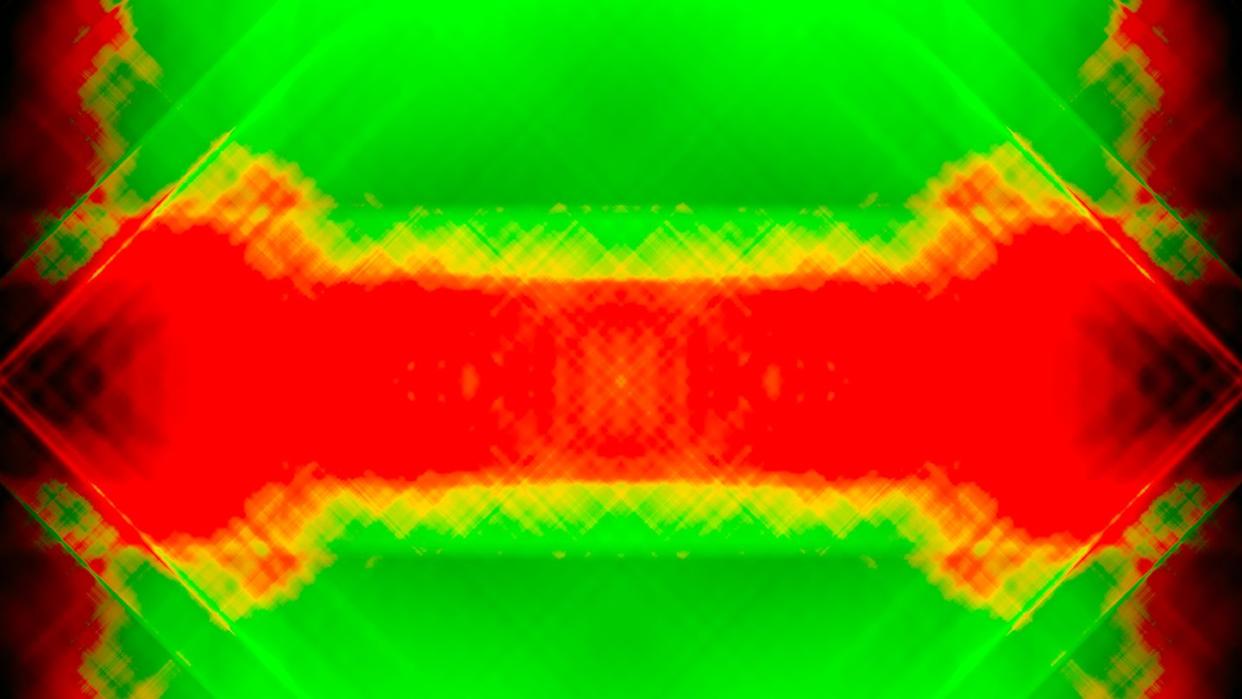This 200-Year-Old Law Of Heat Has A Blind Spot. It Could Change Engineering.

For 200 years, Fourier’s law has been the go-to explanation for how heat diffuses through solid materials (at least on macro scales).
However, a new study by scientists at the University of Massachusetts Amherst has detected heat behavior in translucent polymers and inorganic glass that this time-tested law can’t explain.
Fleshing out a deeper understanding of how heat works could help engineers craft electronic components that are even more heat-resistant.
In 1822, French mathematician and physicist Jean-Baptise Joseph Fourier published the treatise Théorie analytique de la chaleur, or The Analytical Theory of Heat. In this treatise, Fourier describes a law of physics that would eventually become his namesake. This law of heat conduction, known today as Fourier’s Law, mathematically described the rate at which heat transfers through a solid material. That hot cup of coffee slowly warming your hand? That’s Fourier’s law in action.
In the 200 years since, Fourier’s law has held up pretty well. But things changed during the dawn of nanotechnology, because the law breaks down when predicting thermal performance across nanodevices. And a new study, published in the Proceedings of the National Academy of Sciences, argues that these exceptions aren’t limited to the world of the miniscule. By analyzing the heat performance of translucent polymers and inorganic glasses, scientists from the University of Massachusetts Amherst were able to detect anomalies that could not be explained with Fourier’s Law.
“This research began with a simple question,” UMass Amherst’s Steve Granick, the senior author on the paper, said in a press statement. “What if heat could be transmitted by another pathway, not just the one that people had assumed?”
Although textbooks have, for 200 years, explained heat transfer through a process known as diffusion, Granick explains that his team needed to get creative and “put the textbook aside for a moment.” The researchers’ idea was that translucent polymers and inorganic glasses would diffuse heat as normal, but their translucence would also allow electromagnetic thermal energy to radiate through the material.
With samples situated in a vacuum chamber, the scientists eliminated the air necessary for the convective distribution of heat. Then, as the best experiments always do, the research team turned on some lasers. In one sample, they pulsed heat in a small area while another sample was warmed on one side and kept cold on the other. To track heat spread across the samples, the team relied on incredibly precise infrared cameras. Once the data was collected, they confirmed their suspicions—Fourier’s law had failed on a macro scale.
Granick and his team came to the conclusion that these translucent materials radiate energy internally. But crucially, this heat interacts with structure imperfections, which the researchers say creates “secondary heat sources.”
“It’s not that Fourier’s Law is wrong,” Granick said in a press statement. “Just that it doesn’t explain everything we see when it comes to heat transmission.”
Understanding the behavior of heat is vitally important for creating computing devices, where heat is the ultimate enemy. By poking holes in this 200-year-old law, these scientists hope to gain a deeper understanding of heat behavior—something you won’t find in your usual scientific textbook.
You Might Also Like


